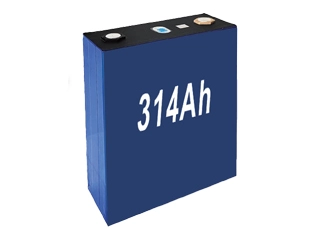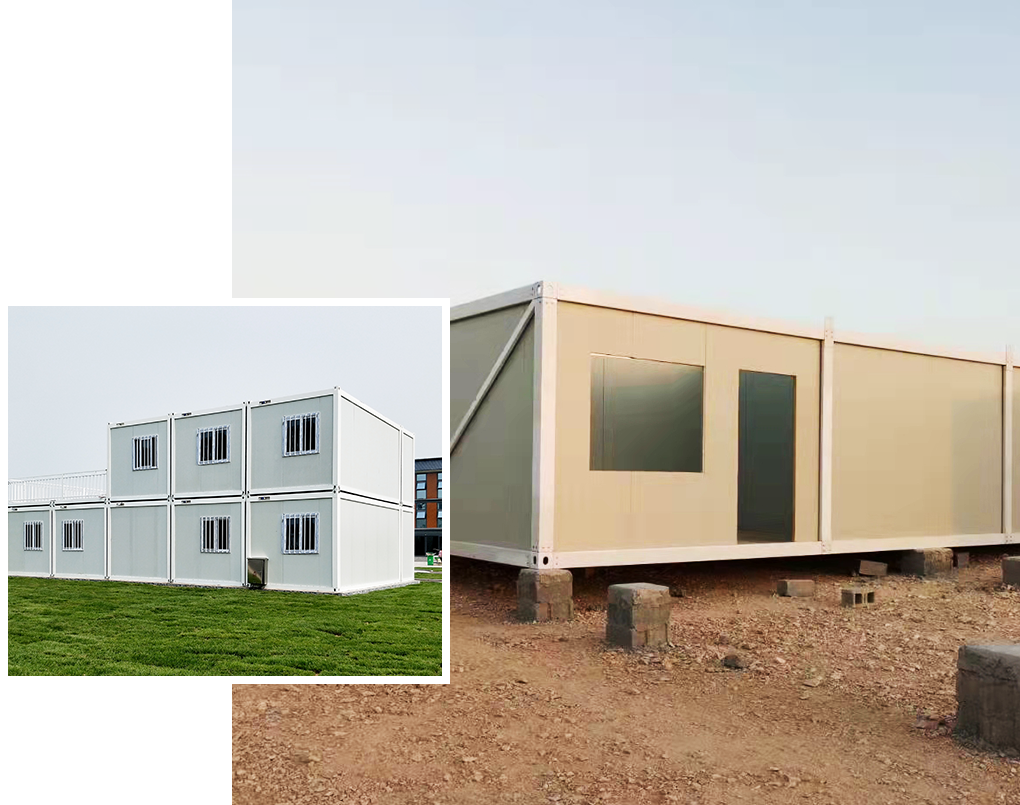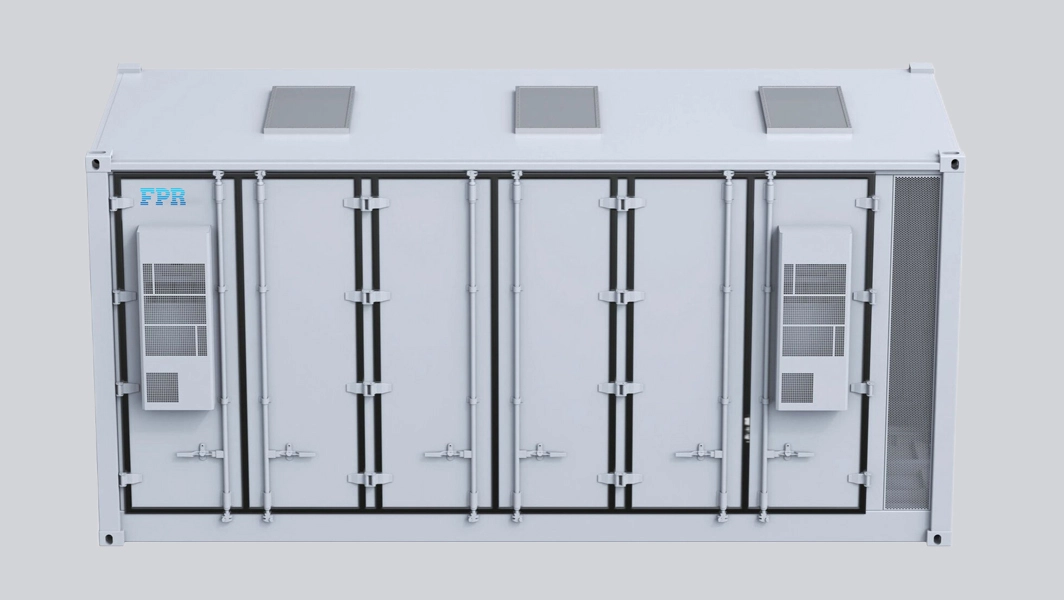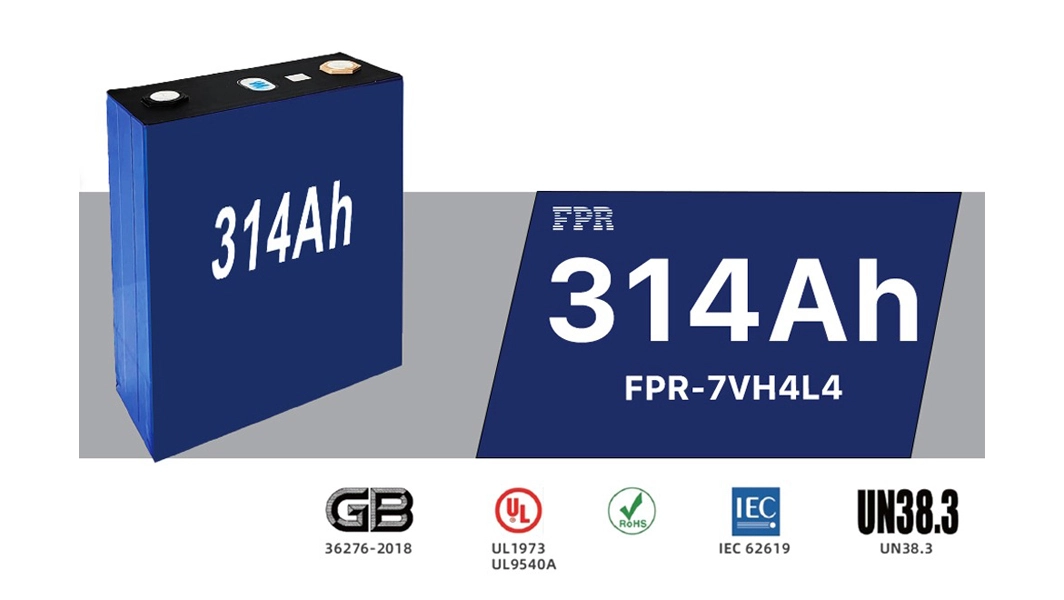Integration of Stationary Storage Battery Systems and Smart Grid Technology
As the global energy transition accelerates, the smart grid, as a key technology supporting the high proportion of renewable energy integration and optimizing power resource allocation, is gradually becoming a new trend in the development of power systems. Stationary storage battery systems, as indispensable energy storage units in smart grids, represent a significant leap in modern energy management through their integrated application with smart grid technology. This not only enhances the efficiency and reliability of grid operations but also promotes the optimization and upgrade of the energy structure.
Smart Grid: The Technological Pillar
Advanced Monitoring and Control: Smart grids are equipped with advanced monitoring and control technologies that provide real-time data on energy production, consumption, and grid performance. This data-driven approach can manage stationary storage battery systems more precisely, optimize resource utilization, and improve operational efficiency.
Two-way Communication: Unlike traditional grids, smart grids facilitate two-way communication between utilities and consumers. This communication enables better demand response, allowing consumers to adjust their energy usage based on real-time price signals or grid conditions. This interactive capability enhances the flexibility and resilience of the energy system.
Integration of Distributed Energy Resources: Smart grids aim to integrate various distributed energy resources, including solar panels, wind turbines, and stationary storage battery systems. This integration allows for a more decentralized and diversified energy system, reducing dependence on central power plants and improving the overall sustainability of the grid.
Integration Roles and Advantages of Stationary Battery Storage and Smart Grid Technology
Enhanced Grid Flexibility: Advanced energy management systems achieve real-time monitoring and optimal scheduling of storage devices. By integrating weather information and load forecasting technologies, the smart grid can predict the generation and demand of renewable energy, thereby optimizing the charge and discharge plans of storage devices. This flexibility is crucial for managing the variability of renewable energy and ensuring a stable energy supply.
Improved Energy Efficiency: The smart grid uses the functionality of stationary battery storage to achieve more efficient energy usage. This efficient energy management reduces waste and enhances the overall sustainability of the grid.
Security and Reliability: The combination of these battery power storage systems and smart grid technology enhances the resilience and reliability of the energy system. The advanced monitoring and control features of the smart grid can quickly identify and resolve issues. This resilience ensures a continuous and reliable supply of energy even under challenging conditions.
The integration of the utility BESS and smart grid technology is key to achieving efficient, flexible, and sustainable operation of future power systems. Through continuous technological innovation and system integration, stationary storage battery systems will provide robust momentum and vast application prospects for the development of smart grids.





 EN
EN
 fr
fr  de
de  es
es 


